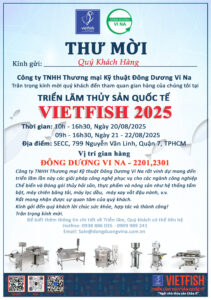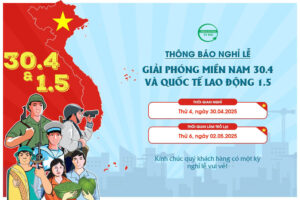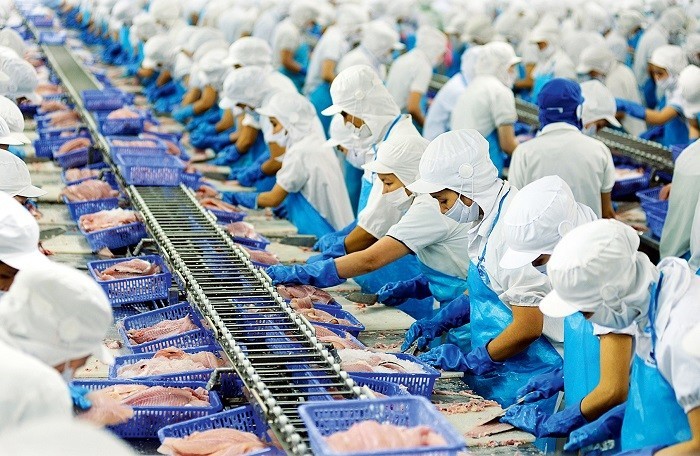




(Tiếng Việt) Công ty chúng tôi đã tin tưởng sử dụng máy móc của Đông Dương Vi Na nhiều năm qua. Mặc dù giá thành cạnh tranh so với thị trường nhưng lợi ích mang lại cho công ty chúng tôi rất nhiều
(Tiếng Việt) Mr Kim

(Tiếng Việt) Rất hài lòng về máy móc tại công ty Đông Dương Vi Na, từ khi sử dụng các giải pháp mà công ty Đông Dương cung cấp đã đem lại rất nhiều lợi nhuận cho công ty của tôi
(Tiếng Việt) Mr Tùng

Lorem ipsum dolor sit amet, consectetur adipiscing elit. Qua tu etiam inprudens utebare non numquam. Quid me istud rogas? Non quam nostram quidem, inquit Pomponius iocans; Ita nemo beato beatior.
Ms Duyên
Prior to Marx, many economists debated as to what elements made up exchange value. The other part of the value of this particular commodity was labour that was not paid to commodity meaning in economics the worker—unpaid labour. This unpaid labour was retained by the owner of the means of production. In capitalist society, the capitalist owns the means of production and therefore the unpaid labour is retained by the capitalist as rent or as profit.
Countries were not just preparing for war but also for the aftermath of World War II as large parts of Europe and Asia faced heavy rebuilding. This cycle eventually peaked in 1951 and faded away in the early 70s.30 In the 1970s as world economies grew, they needed more materials and energy to support expansion leading to increases in prices across the board. Workers moved into cities as emerging industries took off and offered a lot of new jobs and opportunities. In 2008 when the Great Recession hit, it put a halt onto the supercycle as GDP’s across the world tanked leaving many economies in recessions. Prior to Marx, economists noted that the problem with using the “quantity of labour” to establish the value of commodities was that the time spent by an unskilled worker would be longer than the time spent on the same commodity by a skilled worker.
In other words, every participant is a “price taker” as no participant influences the price of a product. However, the field of experimental economics is growing, and increasing use is being made of natural experiments. A host of turbulent events in the global economy has driven up prices for the glittery commodity to record highs in 2025. To be considered a commodity, a good must be standardized, usable upon delivery, and at a price that can create a market for the good. Also, it must meet the minimum standards of the exchange, which is commonly referred to as basis grade or contract grade. Sustainable certifications become increasingly important for commodities like coffee, timber, and palm oil.
Commodities are physical products that are meant to be consumed or used in the production process. Assets, on the other hand, are goods that are not consumed through their use. For instance, money or a piece of machinery are used for productive purposes, but persist as they are used. It is a legal representation (e.g., a contract or claim) that represents certain cash flows generated from various activities (such as a stock representing the future cash flows of a business).
Countries such as Brazil and Argentina depend on soybean and corn exports for economic stability. Gain unlimited access to more than 250 productivity Templates, CFI’s full course catalog and accredited Certification Programs, hundreds of resources, expert reviews and support, the chance to work with real-world finance and research tools, and more. Metals include gold, used in making jewelry; silver, also used for jewelry and many other industrial uses as well; and copper, the most widely used form of electrical wiring. You might consider allocating up to 10% of your portfolio to a mix of commodities. Ordinary investors can look to one of several commodities ETFs or mutual funds to gain exposure.
In addition, purchasing power from the price decline increases ability to buy (the income effect). Other factors can change demand; for example an increase in income will shift the demand curve for a normal good outward relative to the origin, as in the figure. All determinants are predominantly taken as constant factors of demand and supply.
These priced goods are also treated as commodities, e.g. human labour-power, works of art and natural resources (“earth itself is an instrument of labour”),25 even though they may not be produced specifically for the market, or be non-reproducible goods. In the U.S., much of the trading is done at the Chicago Board of Trade or the New York Mercantile Exchange, although some trading is also done on the stock markets. These markets establish trading standards and units of measure for commodities, making them easy to trade. Corn contracts, for example, are for 5,000 bushels of corn, and the price is set in cents per bushel.
For example, an increase in the price of crude oil can cause prices for gasoline to rise, in turn making the cost of transporting goods more expensive. Raw materials such as coal, gold, zinc are all examples of commodities that are produced and graded according to uniform industry standards, making them easy to trade. Clothing, while something everyone uses, is considered a finished product, not a base material. But entrenched reliance on these primary products – long been of global concern – hinders industrial development and threatens countries’ fiscal stability when global prices go volatile.
Access to raw materials fueled manufacturing growth and international trade expansion. The Chicago Board of Trade, founded in 1848, standardized grain trading and introduced futures contracts. Hard commodities are usually classified as those that are mined or extracted from the earth. Soft commodities instead refer to those that are grown, such as agricultural products. These include wheat, cotton, coffee, sugar, soybeans, and other harvested items. For example, the wheat farmer who plants a crop can hedge against the risk of losing money if the price of wheat falls before the crop is harvested.
Comparing the same periods, the value of world trade in goods went up 25.6%, while that of commodity trade expanded relatively slowly at just 15.5%. The dependence is particularly heightened in Middle and Western Africa countries, most of which earned over a staggering 80% of their export revenues from primary commodities. More broadly across developing countries, two thirds of them – 95 out of 143 – remained commodity dependent during 2021 and 2023, according to the latest edition of The State of Commodity Dependence report released by UN Trade and Development (UNCTAD) on 21 July.
A chair created by a hobbyist as a gift to someone is not a commodity. Nor is a chair a commodity (as a chair) if its only use would be as scrap firewood (unless one purchases a chair specifically to chop it up for fire wood). A chair that nobody could sit on has no use-value, and cannot be a commodity (unless it has an ornamental value, e.g. in a doll’s house). The buyer that will enter the futures contract with Peter will be obliged to receive the 5 bushels for $401.50 after 6 months in the specified place of delivery.
Demand is often represented by a table or a graph showing price and quantity demanded (as in the figure). Demand theory describes individual consumers as rationally choosing the most preferred quantity of each good, given income, prices, tastes, etc. A term for this is “constrained utility maximisation” (with income and wealth as the constraints on demand). Here, utility refers to the hypothesised relation of each individual consumer for ranking different commodity bundles as more or less preferred. More total output and utility thereby results from specializing in production and trading than if each country produced its own high-tech and low-tech products.